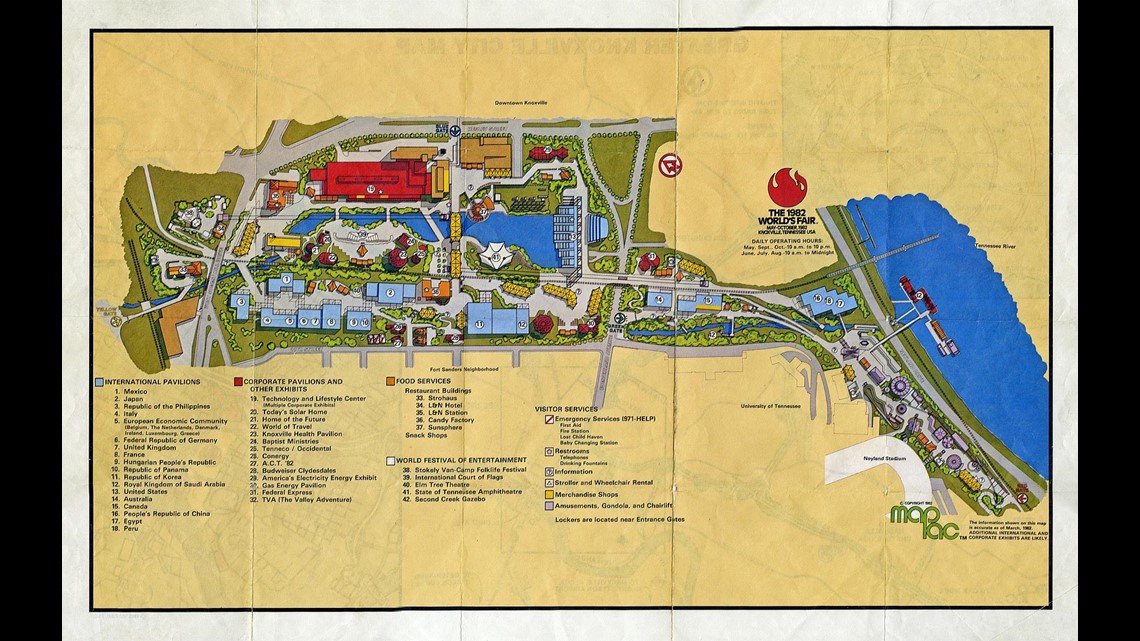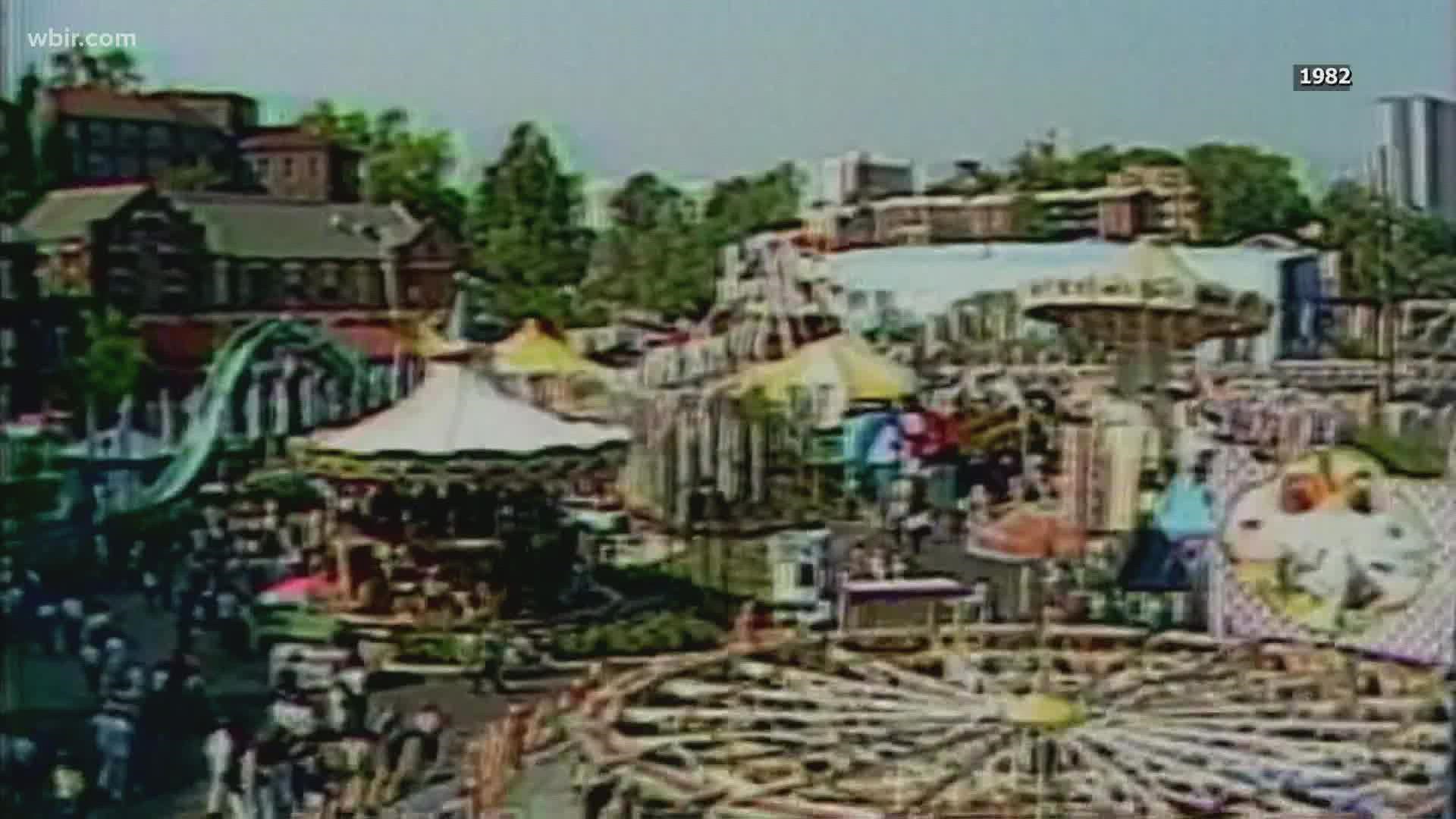KNOXVILLE, Tenn. — For all the fretting that it might fall flat on its face, the May 1 opening of the 1982 World's Fair in Knoxville turned out to be a glorious day.
Brilliant sun beamed down on the Sunsphere's gold panels. Thousands jammed the transformed railyard west of Henley Street to see what all the fuss was about.
President Ronald Reagan praised the can-do spirit of everyone who buckled down to pull the giant event off, remarking that he was "awestruck" by the glimpses of technology he'd seen on display.
Peering down on all the activities that day -- and for many, many days to come -- were journalists from WBIR.
While Channel 10's main studios were in North Knoxville, it opened a special studio overlooking the World's Fair from the fifth floor of the adjacent Holiday Inn.
Bill Williams, Gene Patterson, Margie Ison, Bob Kesling and many more journalists and station personnel reported from the World's Fair grounds from May through October that year.
Forty years later, we asked some of them to share their memories of what it was like to cover the event that drew 11 million people to the scrappy, audacious town on the Tennessee River.

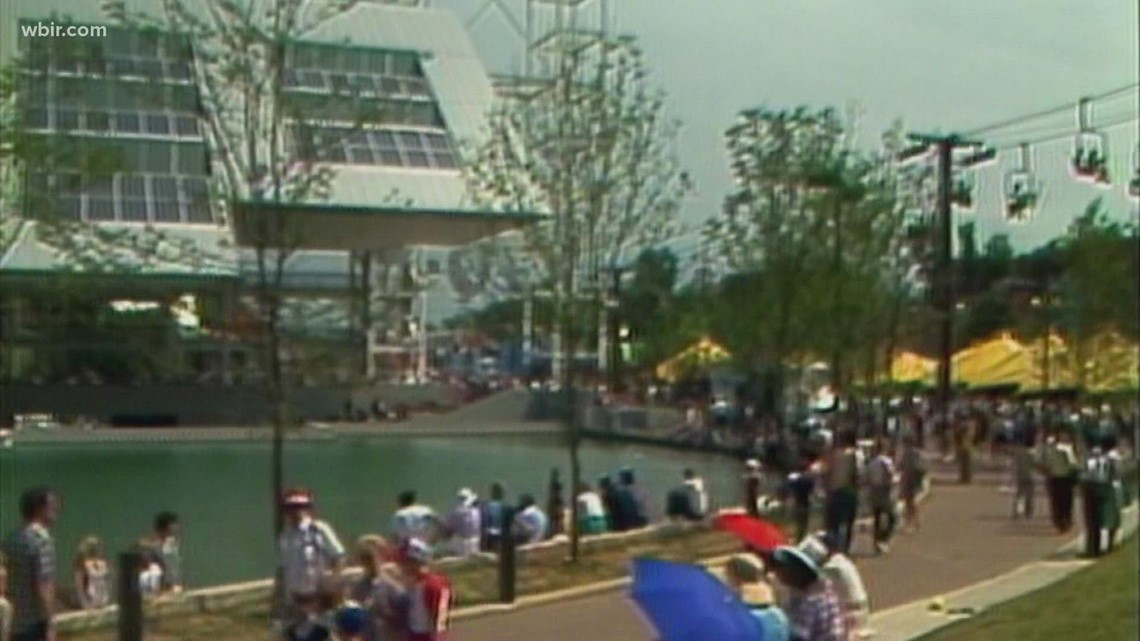
When they recall the World's Fair, they think of vast crowds, fascinating foreigners, exotic exhibits, a bevy of celebrities and a lot of hard work.
"As anchors and reporters, we had no idea what we were going to do and how we were going to do it," Williams, anchor emeritus, recalled.
It turned out to be a very positive experience for East Tennessee and for WBIR itself.
Be sure to watch WBIR through the coming months as we commemorate the anniversary.
From 10 a.m.-to 9 p.m. on May 21, Visit Knoxville is planning a kickoff celebration at the site. It'll include cultural exhibits, technology demonstrations, vendors, a Ferris wheel, merchandise and fireworks.

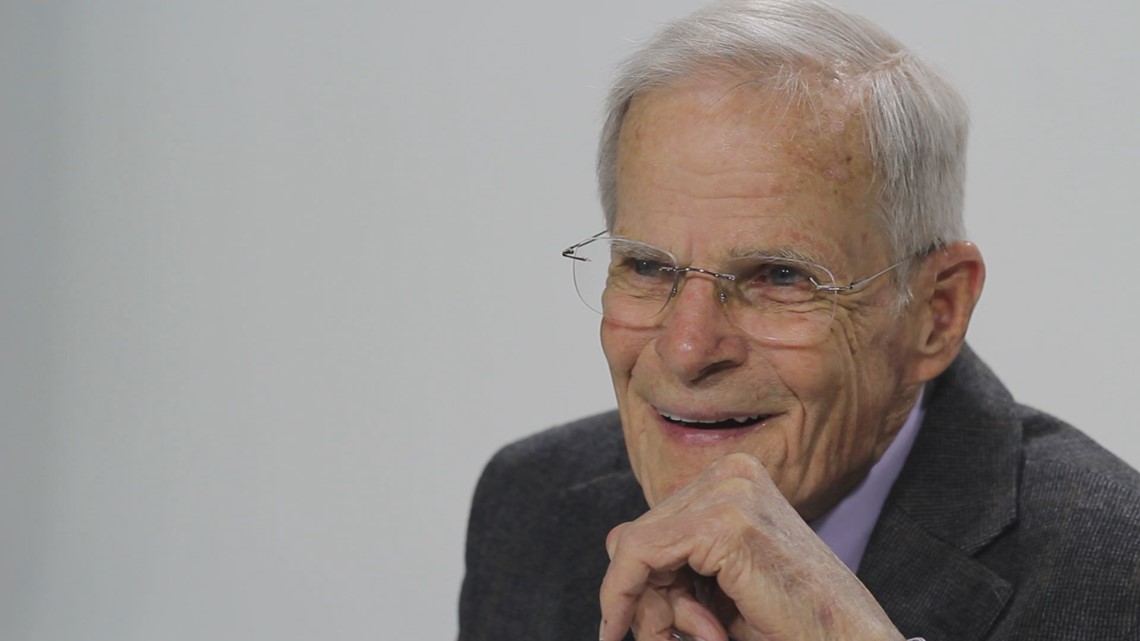
BILL WILLIAMS
The WBIR anchor was very familiar with the World's Fair by the time it opened in May 1982. Back in 1977, soon after he came to work in Knoxville, he was assigned to do a 10-part series about the vision and planning for "Expo 82."
Some openly questioned whether anyone would even come to a midsize Tennessee city that lacked razzle-dazzle and name recognition.
He remembers a University of Tennessee professor forecasting gloom and doom: It would be a complete waste of money; it was going to be a flop.
"Well, he was wrong," the anchor emeritus said, smiling.
Williams recalls being live all day May 1. It was a Saturday. There were huge crowds, pageantry, excitement, and fulfillment.
"It was just an amazing, amazing day," he said. "It was a bit overwhelming."
Channel 10 quickly developed a routine for covering the World's Fair. The news team would assemble newscasts at the station uptown east of Broadway, then hustle the 3.5 miles back down the road to the Holiday Inn.

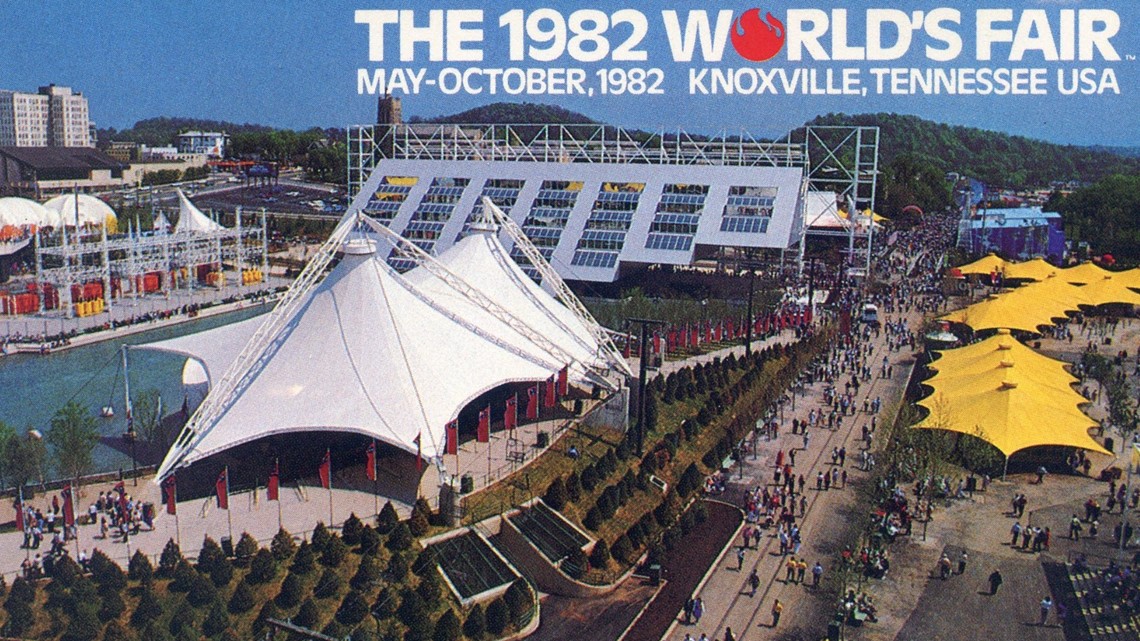
They'd take the sloowwwww elevator up to the temporary studio on the fifth floor, do the news, come back down, grab something to eat, drive back to Channel 10 and do it all over again for the next newscast.
Williams said he found himself too busy "in our glass cocoon observing" to spend much time actually enjoying fair features, which included pavilions from China, Australia, Canada, Egypt, Hungary, Saudi Arabia, Korea and France.
He did recall fondly the nightly fireworks and the "Energy Express" procession that toodled around the fair grounds at the same time every night with its catchy theme music blaring.
The 1982 World's Fair turned out to be a very good thing for Knoxville, Williams said. At a minimum, it showed that East Tennesseans could do anything they set their minds to do.

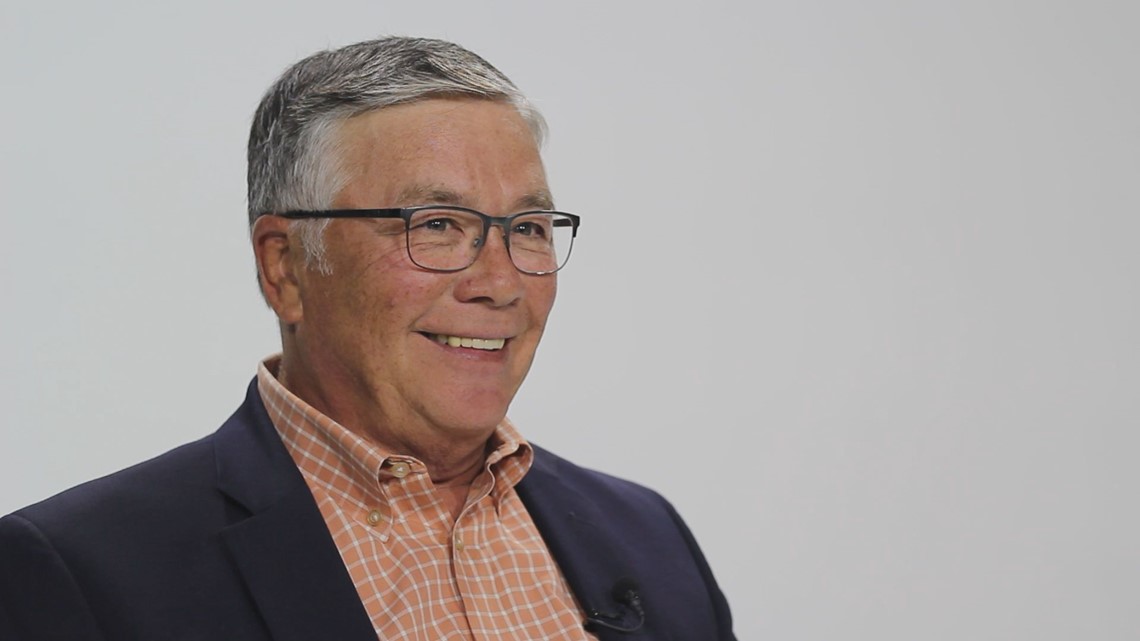
GENE PATTERSON
Imagine being a 25-year-old journalist from down the road in Madisonville, Tenn., assigned to cover the biggest story of the day -- every day -- for six months.
For reporter Gene Patterson, it was a pretty good gig.
It was Patterson's job to come up with content every day, and he quickly learned that wasn't a problem. There was always something going on.
It was hard not to be star-struck, Patterson said. Among those who came to town were Bob Hope, Dinah Shore, Red Skelton, Dick Van Dyke, Richie Havens, and Peter, Paul and Mary.
Celebrities were in and out all the time.
"Again, I was a young guy and my eyes were this big every time some celebrity would walk in," said Patterson, whose career has also included stints at WATE-TV and at the Y-12 nuclear weapons complex.


While other people at Channel 10 might have tired of the World's Fair, Patterson said he was happy to take it all in on his days off.
And why not? The Chinese displayed their famous terra cotta soldiers. The Japanese showed off robots that could build cars by themselves. The Australians offered cold Foster's lager.
Later, after the fair closed on Oct. 31, 1982, Patterson would report on some of the business failures that would emerge from bank closures tied to fair principal Jake Butcher and his brother, C.H. Butcher Jr.
But during the summer of 1982, Patterson was happy to soak it all in.
"It was such a good time," he said.

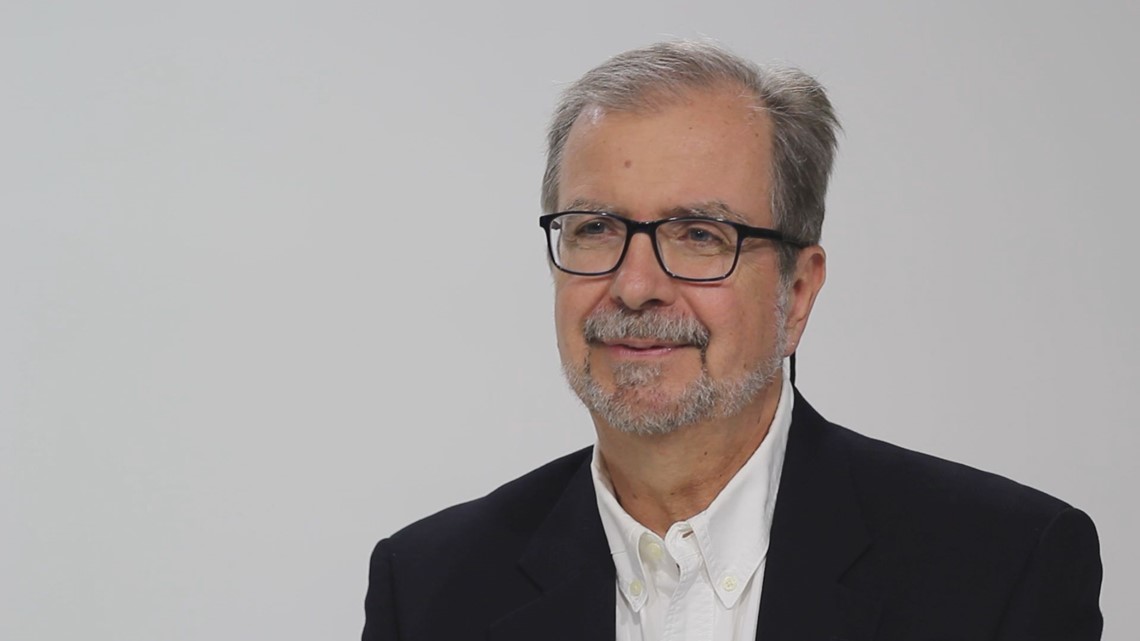
STEVE DEAN
Behind every major effort, there are visionaries. When it came to covering the World's Fair, Steve Dean was one of WBIR's visionaries.
There were so many challenges: Building a temporary studio that looked good on-air; bouncing around the fair grounds with live shots from this spot or that; getting content quickly on the air; figuring out how to get a signal back to the station.
Today, all of that is far easier to do. In the early 1980s, the equipment and the capabilities were much more limited. But they figured it out.
"All of us were trying to do things that we had never done before," said Dean, whose reputation as a thinker includes creating WBIR's popular "Heartland Series."
Speaking of innovations, Dean had the idea of recording a time-lapse of the Sunsphere's construction ahead of the opening. WBIR didn't really have the gear to do it, so he improvised, a valuable trait in television.


He set up a camera on a tripod aimed at the site. "Every day for months" he'd go down to the camera, click the button and preserve an image.
Unfortunately, it became obvious the film didn't hold up well in the rising summer heat as the structure took better shape. So Dean ended up recording a time-lapse that showed the site being cleared and the Sunsphere's steelwork going up.
"It sort of quits, I'm sad to say, but we got something, you know. We got something."
Dean recalls the skepticism and doubts some had about Knoxville hosting such an ambitious, showcase event. We weren't New York or Dallas. We weren't a major metropolitan area used to larger-than-life events.
"But (planners and city leaders) sensed that this would be a nice place for people to come," he recalled. "And that they would enjoy staying here when they came here, and that they would enjoy the event."

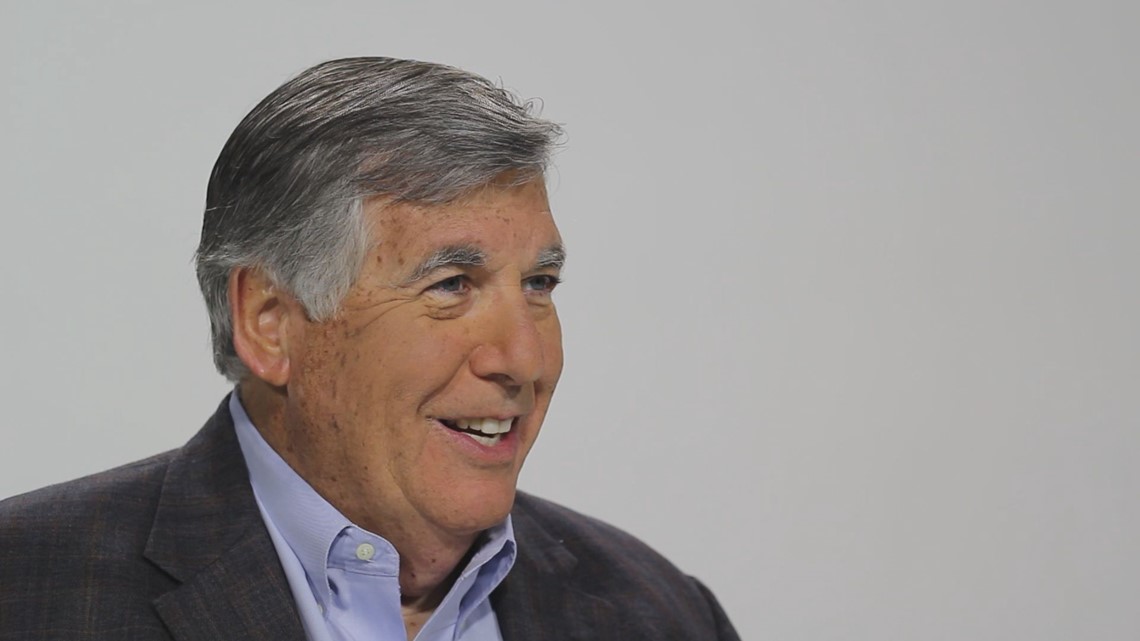
BOB KESLING
If you saw Bob Kesling tearing down Broadway at about 11:15 p.m. during the World's Fair, it was best to get out of his way. The sports anchor and reporter was likely squeezing the clock, once again, to make it to WBIR's Holiday Inn studio on time to get on the air.
Already notorious for cutting it close, Kesling made it all the more exciting during the World's Fair. And he has fond memories of working down there and of the fair itself.
"It was very exciting just being there, and all the people that were there," said Kesling, who today is director of broadcasting at the University of Tennessee and the Voice of the Vols. "You'd walk around the fair site during the day and you'd come up with stories and you'd come up with different story ideas."

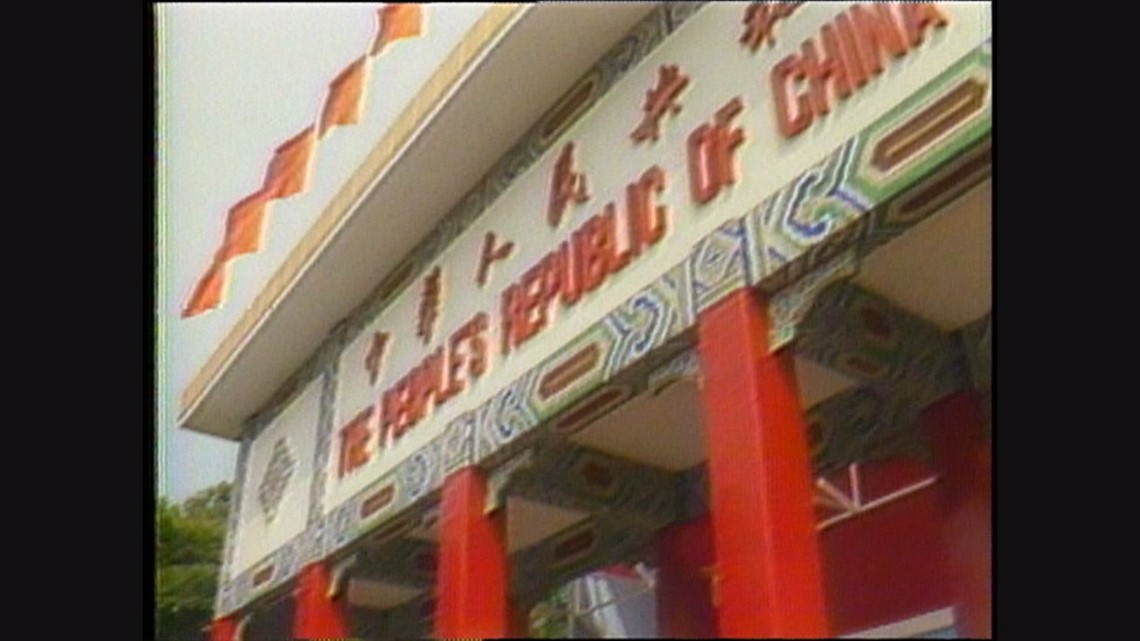
You could pick up stories just by hanging around the Holiday Inn lobby, he said.
Kesling remembers having his doubts about how fair organizers and WBIR were going to make it all work. But everyone also knew it was a big deal, and "we need to be a part of it and you better buy into it."
Every day felt like an adrenaline high while the fair operated, he said.
"But I think it was just so good for this area, the whole city and the community out there," Kesling said. "I think the people thought this was going to be a special thing for Knoxville, and I think it was."

